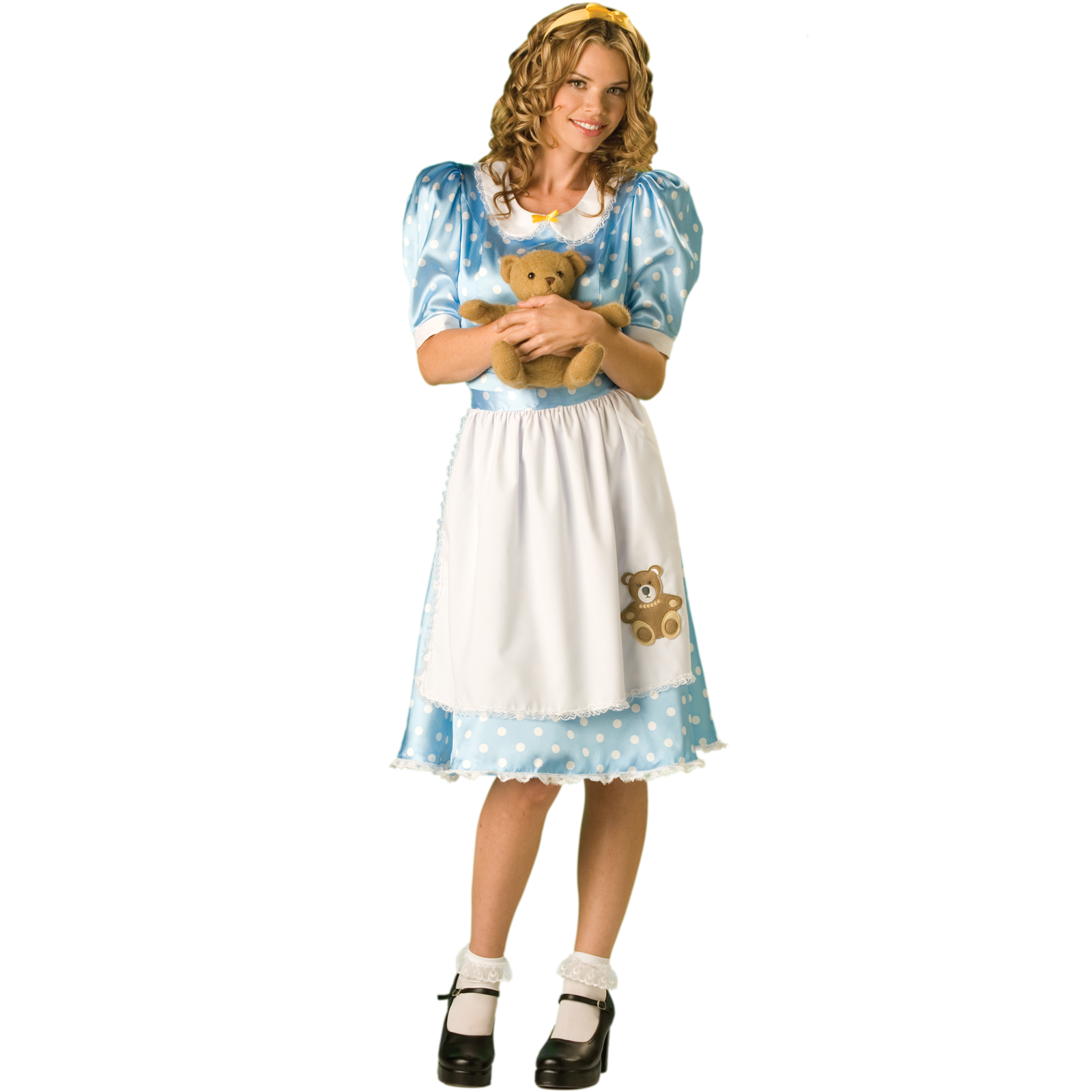

And the jobless rate can look artificially low. So when they stay on the sidelines, as many have since COVID-19 struck, their absence from the labor force means they don’t show up as unemployed. To be counted as unemployed, people have to be actively seeking a job. And their share of the population - the so-called labor force participation rate - rose to 62.4% last month, its highest level since March. But the increase in August was welcome: The number of Americans either working or looking for work surged by 786,000 in August, the biggest one-month jump since January. The unemployment rate rose last month to 3.7% from 3.5%, which had tied a 50-year low. Normally, an uptick the joblessness would be sobering news, even cause for worry. One major barometer will be the government's report on consumer prices for August, to be issued Sept. Still, Fed policymakers will be watching to see whether inflation decelerated last month. “The slower pace of payroll gains in August, together with a big rebound in the labor force, and the more modest increase in wages, would seem to favor a smaller (half-point) rate hike from the Fed,’’ said Michael Pearce, senior U.S. Investors are anxiously anticipating what the Fed will do when it next meets Sept. The Fed has raised its benchmark short-term interest rate four times this year, including by a hefty three-quarters of a percentage point in both June and July. And he warned that the Fed’s continued tightening of credit will cause pain for many households and businesses as it slows the economy and potentially lead to job losses. that the central bank expects to impose further large rate hikes to try to tame inflation. “If the Fed were to design the (jobs) report, this is the kind of report they would have designed,’’ said Megan Greene, chief economist at the Kroll Institute.įed Chairman Jerome Powell has made it clear - notably at a hawkish speech last week in Jackson Hole, Wyo. In addition, average hourly pay rose just 0.3% last month from July, the lowest month-to-month gain since April. Not only did August's job creation decelerate from July’s breakneck pace - 526,000 added jobs - but the Labor Department also revised down its earlier estimate of the gains for June and July by a combined 107,000. When they hand out raises, businesses typically increase prices for their customers to offset their higher labor costs, thereby feeding inflation. Key to that daunting task is seeing hiring ease a bit - enough, anyway, to reduce the pressure on employers to raise pay. Here are five takeaways from the August jobs report:įriday’s report from the government suggests that the Fed may find it a little easier to bring the economy in for a soft landing. labor market remains strong with employers adding jobs and labor supply coming back online. “Today’s report answers the persistent recession question, at least for today: We are not in a recession,’’ said AnnElizabeth Konkel, senior economist at the Indeed Hiring Lab. It's aiming to pull off a so-called soft landing - raising borrowing costs enough to slow growth and curb inflation without tipping the United States into a recession. The relentless rise in consumer prices has forced the Fed to raise interest rates aggressively to try to slow hiring and wage increases and drive down inflation. That's a sign that consumers’ appetite for goods and services is still strong enough to allow businesses to raise prices.

They’ve posted more than 11 million job openings, meaning there are nearly two job vacancies, on average, for every unemployed American.Īnd inflation, which began to accelerate alarmingly in the spring of last year, remains close to a 40-year high. Businesses remain desperate to find workers. Economic growth fell the first half of 2022, which, by some informal definitions, signals a recession.īut the job market is still surprisingly robust. The American economy has been a puzzle this year. But it rose for a healthy reason: Hundreds of thousands of people returned to the job market, and some didn’t find work right away, which boosted the government's count of unemployed people. The unemployment rate reached 3.7%, its highest level since February. 1 mission.Įmployers added 315,000 jobs, roughly what economists had expected, down from an average 487,000 a month over the past year. And more Americans began looking for work, which could ease worker shortages over time and defuse some of the inflationary pressures that the Fed has made its No. Job growth was solid - not too hot, not too cold. WASHINGTON (AP) - The nation's job market last month delivered what the Federal Reserve and nervous investors had been hoping for: A Goldilocks-style hiring report.


 0 kommentar(er)
0 kommentar(er)
